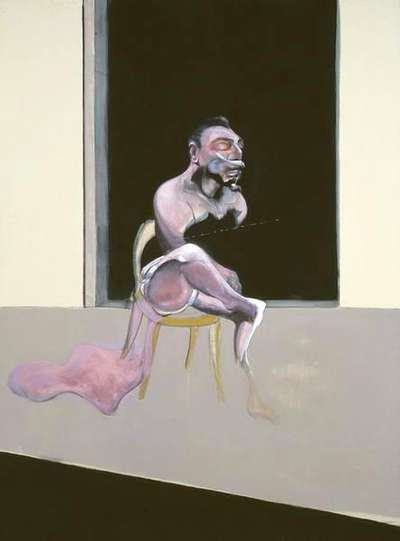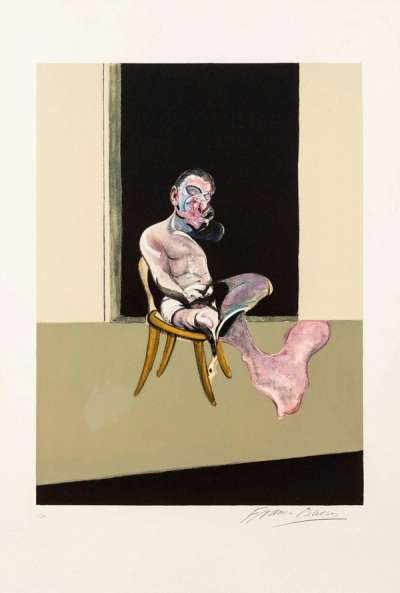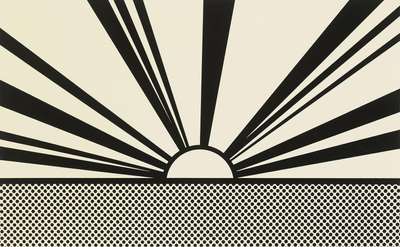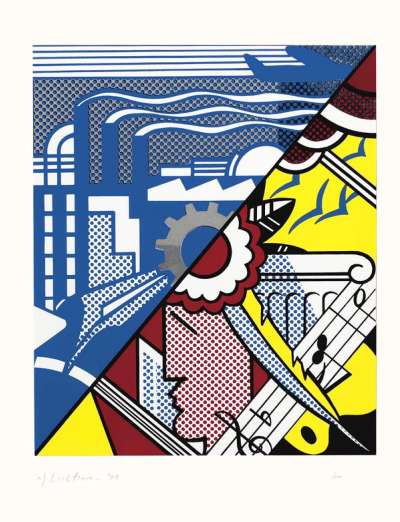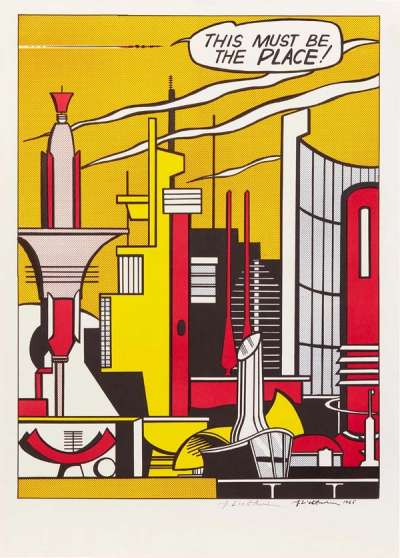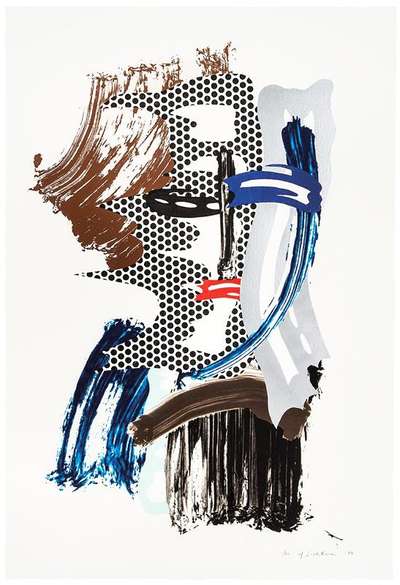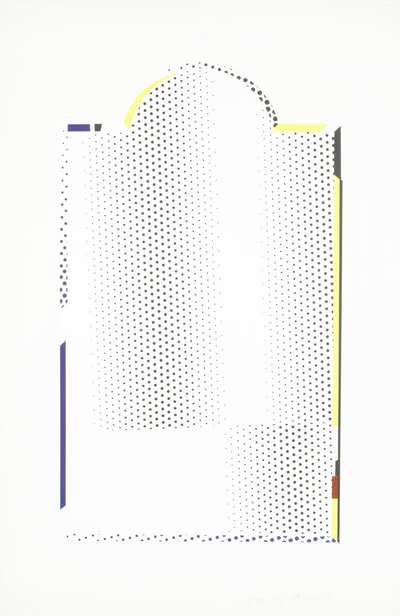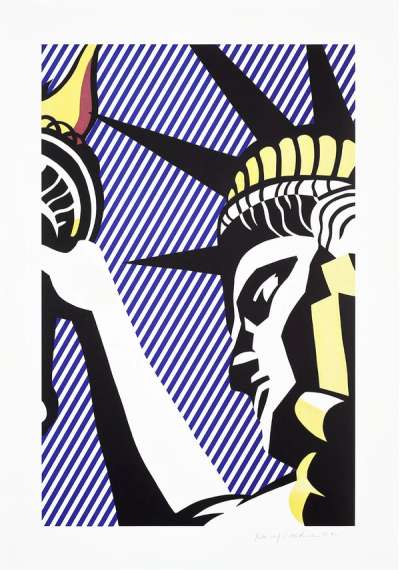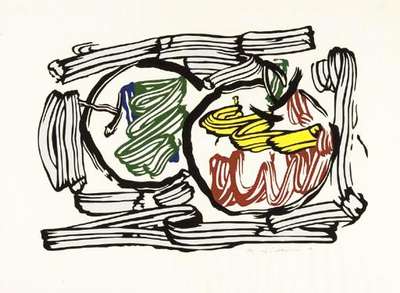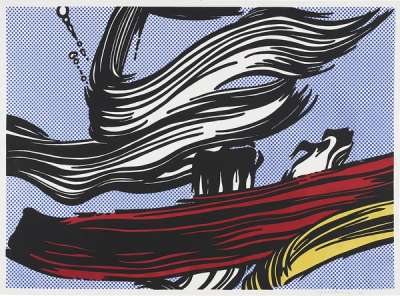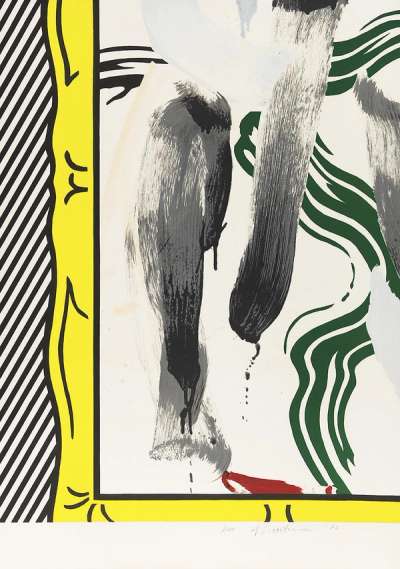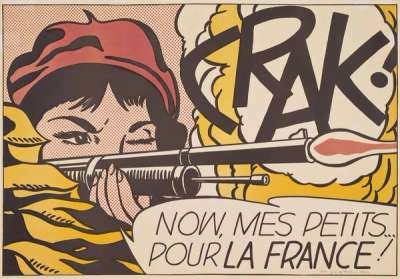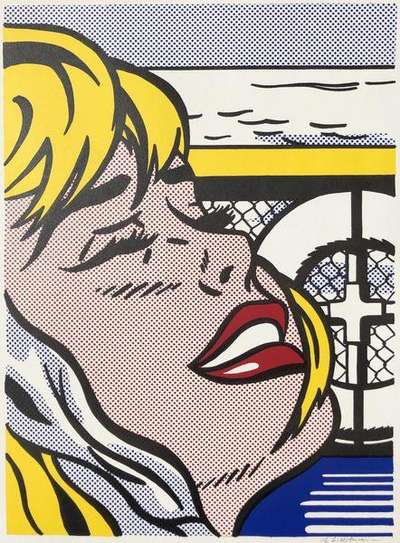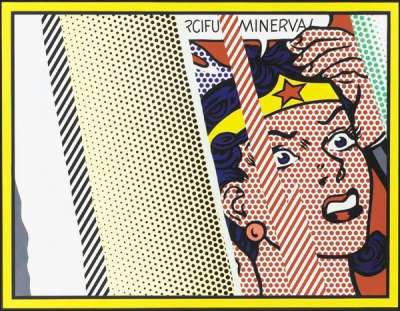
Triptych August 1972 (centre panel)

Triptych August 1972 (centre panel)
Signed Print
Francis Bacon
£6,500-£9,500Value Indicator
$13,000-$19,000 Value Indicator
$11,500-$17,000 Value Indicator
¥60,000-¥90,000 Value Indicator
€8,000-€11,500 Value Indicator
$60,000-$90,000 Value Indicator
¥1,280,000-¥1,870,000 Value Indicator
$8,000-$12,000 Value Indicator
AAGR (5 years) This estimate blends recent public auction records with our own private sale data and network demand.
There aren't enough data points on this work for a comprehensive result. Please speak to a specialist by making an enquiry.
Medium: Lithograph
Edition size: 180
Year: 1972
Size: H 66cm x W 49cm
Signed: Yes
Format: Signed Print
TradingFloor
Track this artwork in realtime
Watch artwork, manage valuations, track your portfolio and return against your collection
Track auction value trend
Auction Results
| Auction Date | Auction House | Location | Hammer Price | Return to Seller | Buyer Paid |
|---|---|---|---|---|---|
| May 2022 | Artcurial | France | |||
| July 2016 | Christie's London | United Kingdom | |||
| July 1994 | Christie's London | United Kingdom |
Meaning & Analysis
Haunting and mournful, Francis Bacon's Triptych August 1972 is one of the artist's most harrowing works from his so-called 'Black Triptychs'. Created after the suicide of his lover and long-term companion, George Dyer, Triptych August 1972 (centre panel) is testament to Bacon's consuming grief. As the centre panel, the work is perhaps the main focal point of the triptych and, accordingly, pictures the two figures of Dyer and Bacon together in a brooding carnal scene. Though their figures are reduced to fleshy forms, rendered in pink and blue, they are fused to reveal the emotional and sexual energy that bound the pair together in life. Flanked by Triptych August 1972 (left panel) and Triptych August 1972 (right panel), this work is a battle against death as the figures seep into the black void in the background, like a doorway to inevitable death.
Created in the year following the death of George Dyer, Triptych August 1972 is an homage to Bacon's longing and regret for the loss of his lover and companion. Triptych August 1972 (centre panel) pictures Dyer and Bacon's fleshy forms melding together in this lusty yet desperate scene. Bacon met Dyer at the end of 1963 in one of Soho's pubs, and the pair's lives became instantly intertwined. Born into a family of organised crime and debauchery, Dyer was a troubled gang-associated man who, unsurprisingly, piqued the interest of Bacon's psychologically penetrative imagination. Throughout their tumultuous relationship, Bacon painted Dyer numerous times, but Triptych August 1972 (centre panel) pictures the pair in the throws of anguish after Dyer's untimely death. Just one day before Bacon's solo show at Paris' Grand Palais in October 1971, Dyer's body was discovered slumped over the toilet of his hotel suite.
At the centre of the barren composition, Dyer and Bacon's forms fuse together. The lavender pool on the ground beneath their figures appears more solidly formed than those in Triptych August 1972 (left panel) and Triptych August 1972 (right panel), potentially symbolising the solidity of their relationship in its heyday. However, the contorted shape made by their fleshy figures was inspired by a photograph of wrestlers by Eadweard Muybridge, where one of the wrestlers pins the other to the ground. Bacon's choice of this particular figurative representation is significant. Perhaps Bacon's figure attempts to pin Dyer's to the floor in a desperate attempt to save him from slinking into the black void in the background. Alternatively, their 'wrestling' figures are a fraught testament to the intense and destructive nature of the artist/muse relationship that eventually led to Dyer's demise. Much like its companion panels, Triptych August 1972 (centre panel) is thus one of Bacon's most psychologically poignant and immersive works, relaying the artist's loss, grief, and guilt during this cataclysmic year of his life.
Irish-born artist, Francis Bacon, has produced some of the most famous paintings in the British Contemporary canon. The 20th century maverick's visceral and emotionally charged canvases redefined figurative art. Exploring harrowing themes of trauma, sexuality, religion and violence, Bacon forces the viewer to confront the human psyche and the dark realities of human emotion. Often working from memory or his own imagination, there is a clear morphing of influences on Bacon’s work. An unusual combination of imagery is the result of his exposure to canonical artists such as Velazquez, Picasso and Rembrandt alongside his exploration of medical textbooks and photographic stills.
